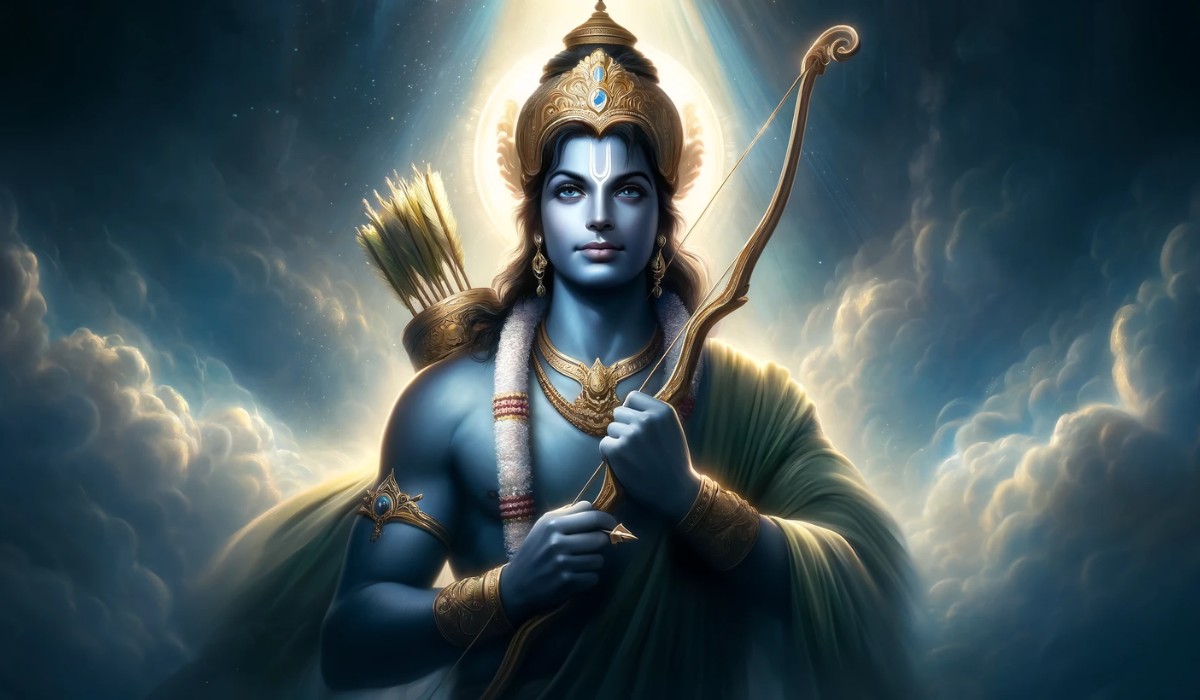Ganesh Chaturthi also known as Vinayaka Chaturthi (Vināyaka Caturthī), or Vinayaka Chaviti
(Vināyaka Cavitī) is a Hindu festival celebrating the arrival of Lord Ganesh to earth from Kailash Parvat
with his mother Goddess Parvati/Gauri.
The festival is marked with the installation of Lord Ganesh’s clay murtis privately in homes and
publicly by Shri Bal Gangadhar Tilak popularly known as Lokmanya Tilak in Pune in the year 1893
on elaborate pandals (temporary stages). Observations include chanting of Vedic hymns and Hindu
texts such as, prayers and vrata (fasting).
Offerings and prasāda from the daily prayers, that are distributed from the pandal to the community,
include sweets such as modaka as it believed to be a favourite of Lord Ganesh.
The festival ends on the tenth day after start, when the idol carried in a public procession with music
and group chanting, then immersed in a nearby body of water such as a river or sea, called visarjan..
In Mumbai alone, around 150,000 statues immersed annually.
Thereafter the clay idol dissolves and Ganesh believed to return to Mount Kailash to Parvati and Shiva.

The festival celebrates Lord Ganesh as the God of New Beginnings and the Remover of Obstacles as
well as the god of wisdom and intelligence and observed throughout India, especially in the
states such as Maharashtra, Karnataka, Rajasthan, Madhya Pradesh, Andhra Pradesh, Telangana,
Odisha, Goa, West Bengal, Gujarat, Chhattisgarh and Tamil Nadu.
Ganesh Chaturthi also observed in Nepal and by the Hindu diaspora elsewhere such as in Australia,
New Zealand, Canada, Singapore, Malaysia, Trinidad and Tobago, Guyana, Suriname, other parts of the
Caribbean, Fiji, Mauritius, South Africa, United States, and Europe.
In the Gregorian calendar, Ganesh Chaturthi falls between 22 August and 20 September every year.











